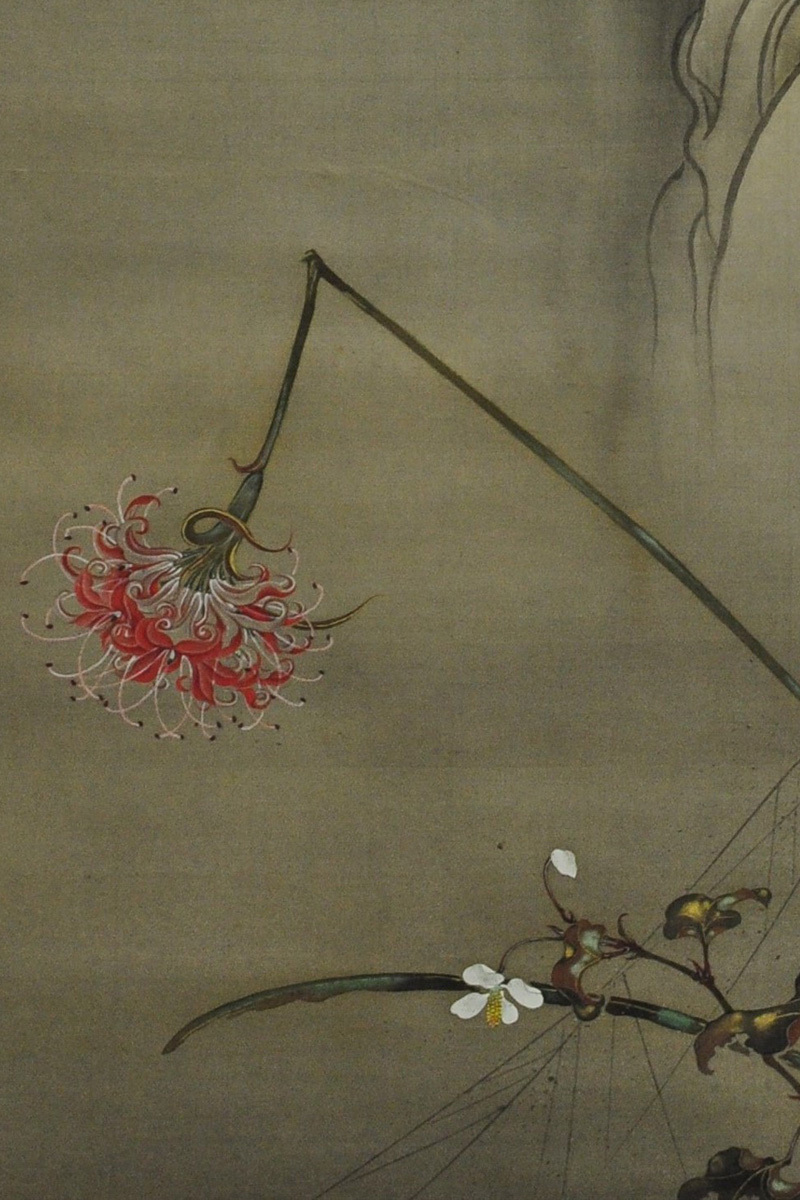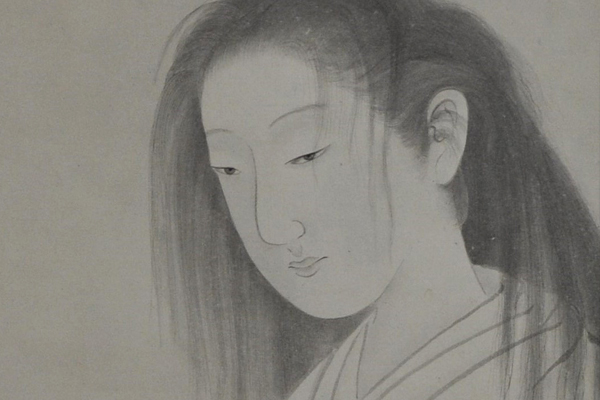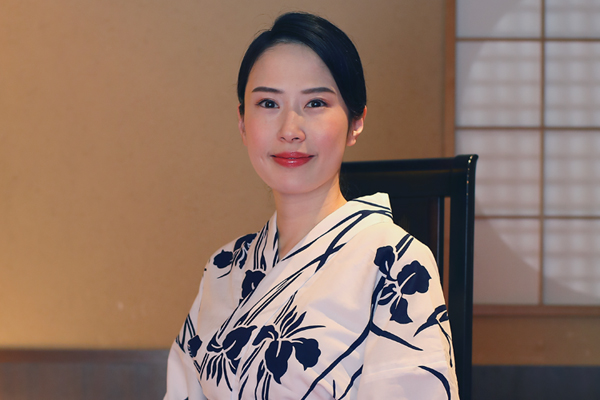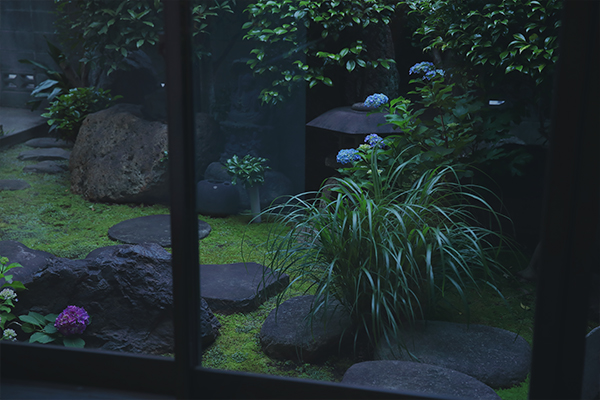谷根千にある由緒ある寺、全生庵。ここに五十幅もの幽霊画が所蔵されている。
Feature | 2025.7.24
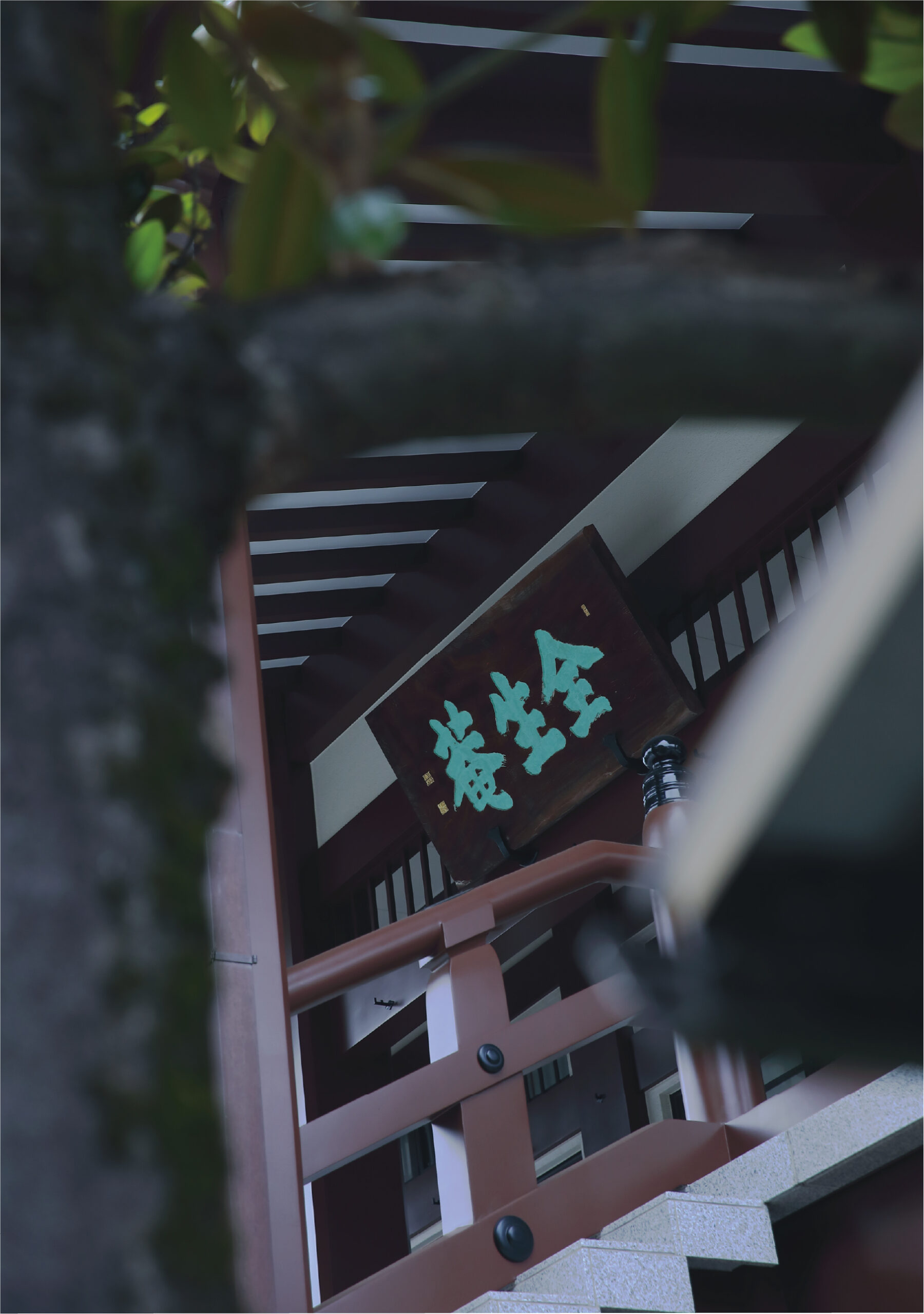
全生庵が所蔵する三遊亭円朝の幽霊画。
夏には虫干しを兼ねて、一般に公開される。
下町風情と穏やかな雰囲気で人気の谷根千。どこからともなく漂ってくる線香の香りに心が休まる。このあたりには寺が多く、歴史を感じさせる独特な景観が広がっている。
そんなエリアにある東京メトロ千代田線の千駄木駅から三崎坂を上っていく途中にあるのが、幕末・明治前期の幕臣、山岡鉄舟ゆかりの寺「全生庵」。落語家である三遊亭円朝の墓所としても知られており、また多くの幽霊画を所蔵していることでも有名。
全生庵には五十幅の幽霊画があり、それらは「怪談牡丹燈籠」や「真景累ヶ淵」などの原作者でもある三遊亭円朝がコレクションしていたもの。円朝は生前、柳橋で怪談会を催したときから百物語にちなんで百幅の幽霊画を集めはじめ、その一部が全生庵に収められている。
全生庵では年に一度、八月一日から三十一日まで、所蔵している幽霊画のなかから約三十幅を、虫干しを兼ねて一般に公開。
伝・円山応挙とされる「幽霊図」や伊藤晴雨の「怪談乳房榎図」、他にも柴田是真、河鍋暁斎ら著名な画家たちが描いた幽霊画が展示される、鳥肌ものの展覧会となっている。
これら貴重な幽霊画について、全生庵はただ所蔵しているだけだと住職の平井正修さんはいう。「幽霊画の研究は、専門の先生がされているかと思いますが、私どもの方では円朝師匠からお預かりしたものを大切に保管しているだけです。寺に幽霊画があることよりも、円朝師匠がお集めになられたことの意味が大きいと思っています」。
幽霊画展は地域の活性化のために始められた。「もともとは円朝師匠の命日である八月十一日の前後、一週間ほどを使って幽霊画を虫干ししていました。するとあるとき町会から『街おこしのイベントにしたいので、幽霊画の虫干しを一般の方にも公開できないか』と打診がありました。それがきっかけで始めてもう四十年ほど経ちます。回数を重ねるうちに広く知れ渡るようになり、今では多くの方が見学に来られます」。
どうして、円朝は幽霊画を全生庵に収めたのか。「その理由はわかりかねますが、鉄舟先生の禅のお弟子さんが円朝師匠だったという話は聞いています。そういった関係もあり幽霊画を収められたのかも知れません」。
全生庵の境内にある本堂に幽霊画が並ぶ。蝉の声を聴きながら、一幅一幅、じっくりと見入るうちに汗はひき、うすら寒ささえ覚える。しんみりと楽しむ、日本の夏がここにある。
Zenshō-an, an old temple in Yanesen, holds fifty ghost paintings.
The collection of Zenshō-an holds the ghost paintings of rakugo master San’yūtei Enchō.Each summer, they are aired—and exhibited—for the public.
Yanesen is cherished for its old-town charm and quiet streets.Incense drifts through the air, and temples line its historic lanes.
Up the hill from Sendagi Station on the Chiyoda Line lies Zenshō-an, founded by the Bakumatsu-era samurai Yamaoka Tesshū. It is also the resting place of rakugo storyteller San’yūtei Enchō, and home to a famed collection of ghost paintings.
Zenshō-an holds fifty scrolls from the collection of Enchō, who was famous for ghost stories such as Botan Dōrō and Shinkei Kasane-ga-Fuchi. Enchō hosted ghost-story gatherings in Yanagibashi and began collecting ghost scrolls in homage to the Hyaku-monogatari tradition. Some now reside at Zenshō-an.
Each year from August 1 to 31, the scrolls are aired and displayed to the public.
Highlights include the ghost painting attributed to Maruyama Ōkyo, Itō Seiu’s Chibusa Enoki,and eerie works by master artists such as Shibata Zeshin and Kawanabe Kyōsai—an exhibition sure to give you goosebumps.
Chief priest Shōshū Hirai says the temple is simply a caretaker: “We leave research on these paintings to the experts,” he says. “What matters to us is that these were entrusted to us by Master Enchō. The fact that he collected them carries deeper meaning than their simply being here.”
Exhibition of the ghost painting s was born out of a desire to revitalize the local community. “We started airing the scrolls privately around August 11, Enchō’s memorial day,” says Hirai. “Then the neighborhood asked us to open it to the public. That was nearly 40 years ago—and it’s grown ever since.”
Why did Enchō entrust these ghost paintings to Zenshō-an? “We can’t say for certain, but it’s said that Master Enchō was a Zen student of Tesshū. Perhaps that connection inspired his choice.”
The scrolls line the main hall at Zenshō-an’s quiet grounds. As viewers admire them under the buzz of cicadas, the summer heat gives way to a subtle chill. The perfect Japanese summer: quiet, reflective, and gently haunted.




閲覧中の特集はこちら
